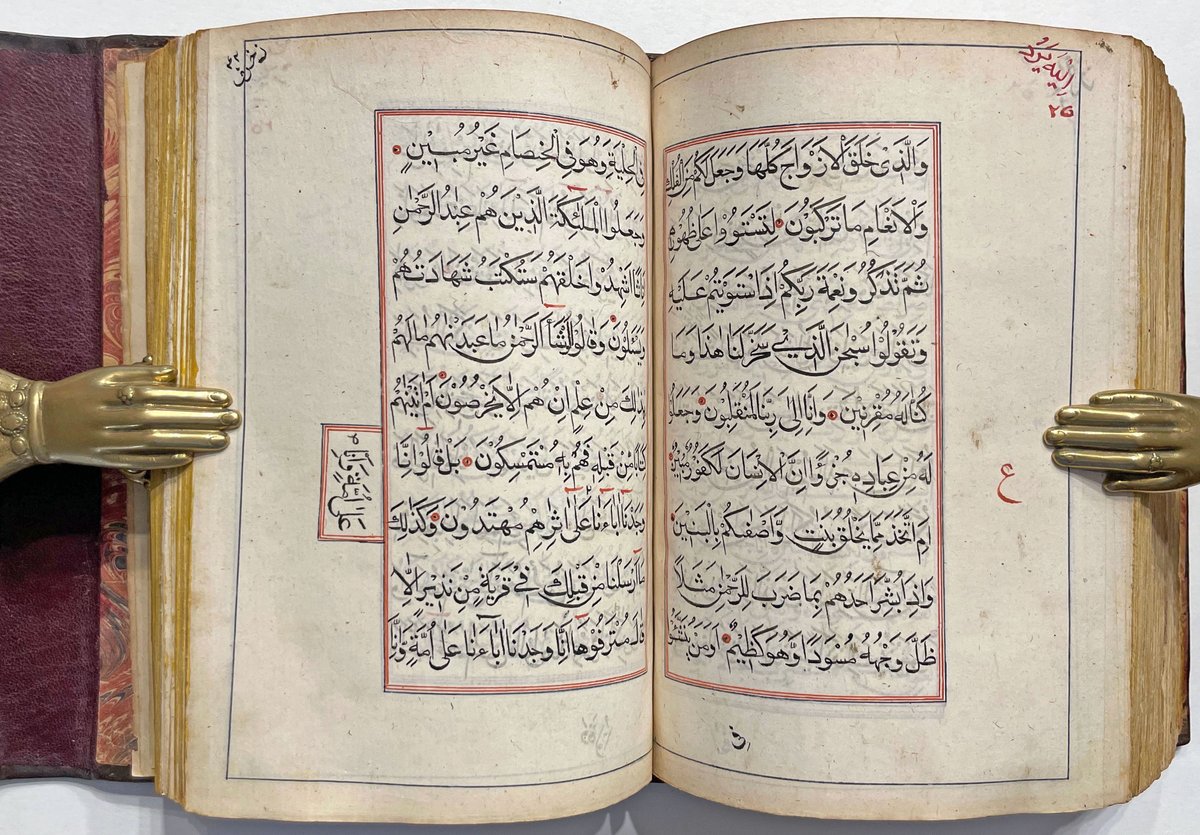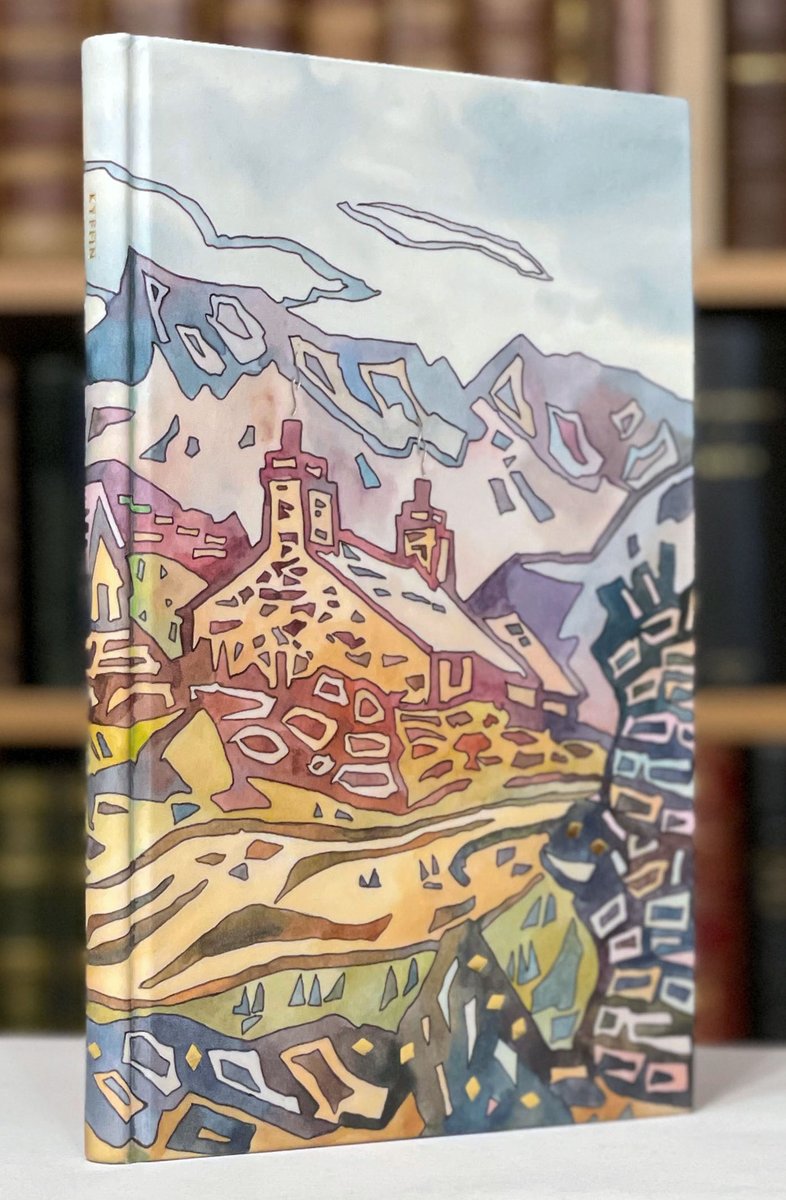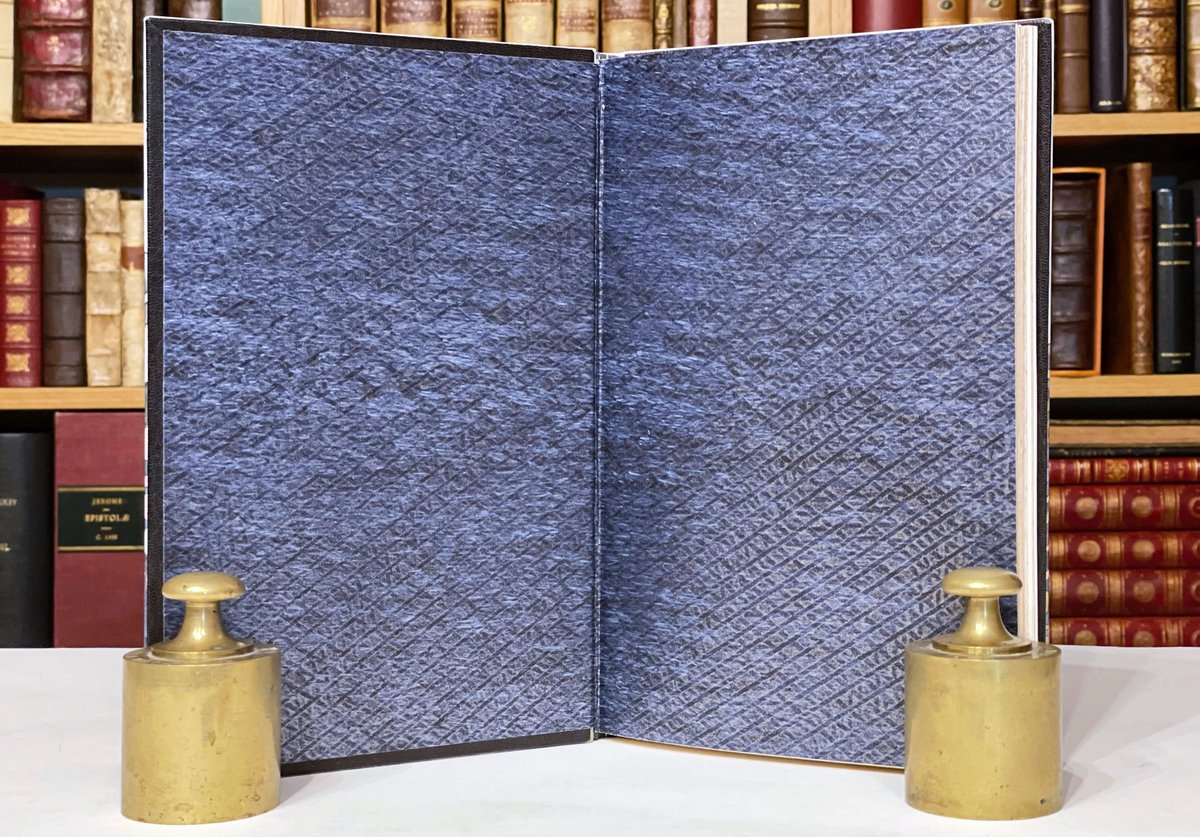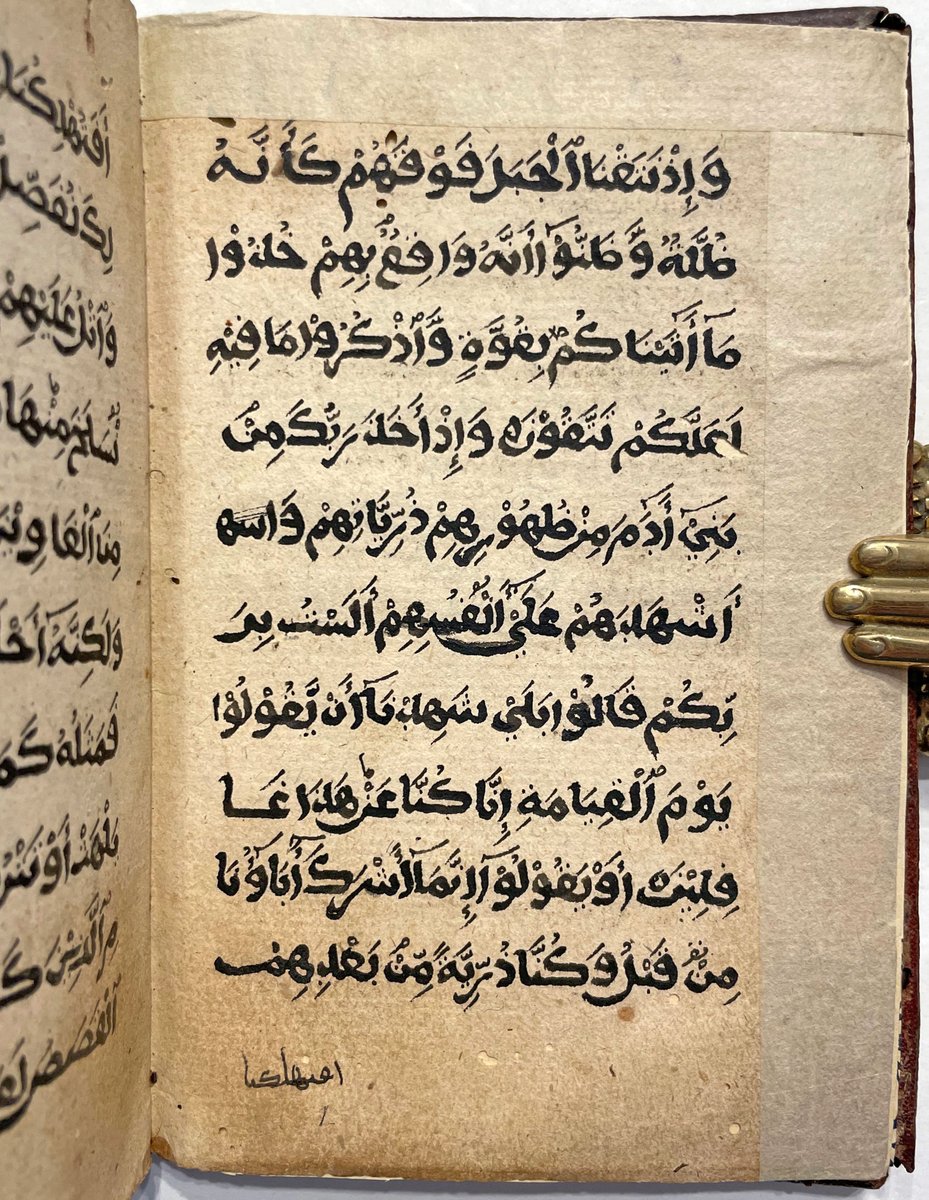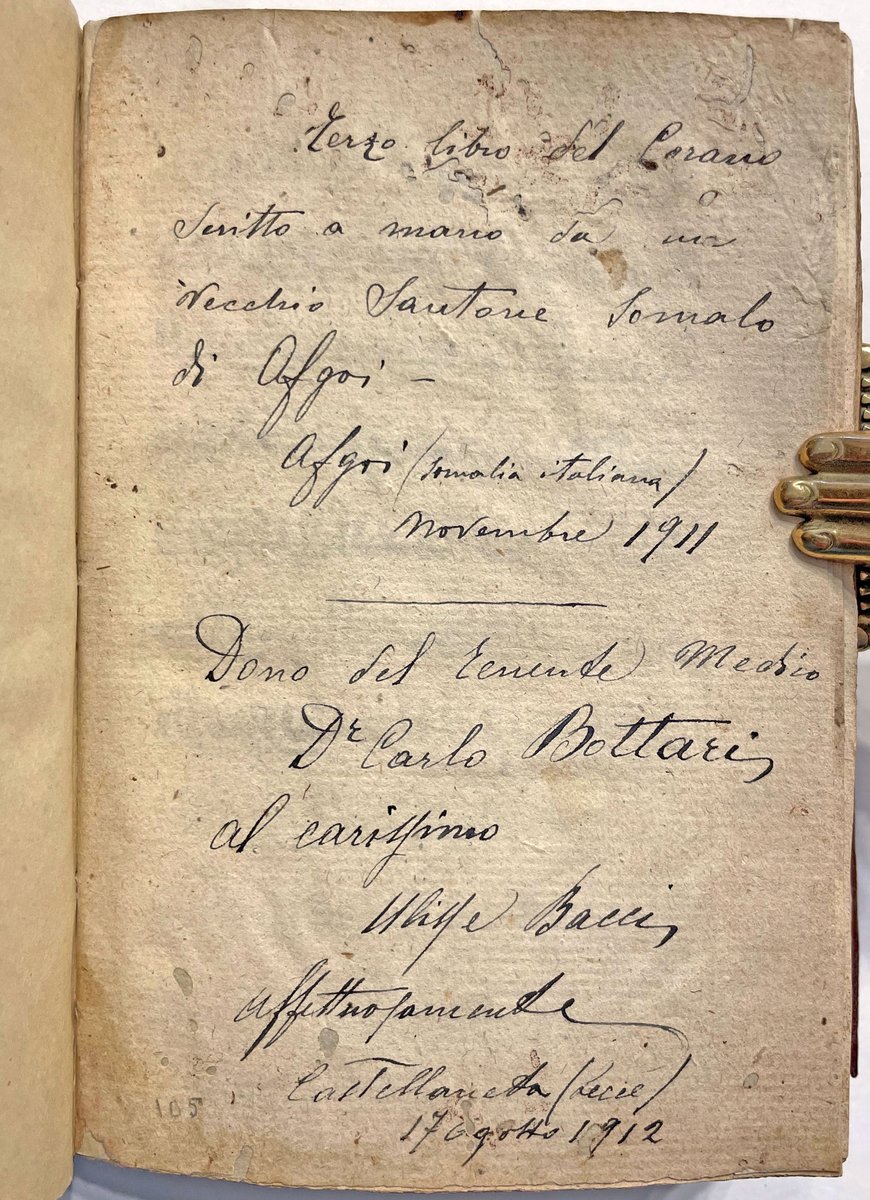
The most beautiful book you've never heard of:
Heinrich Reiss's Missale Romanum, printed in Vienna in 1872, is a breathtaking masterpiece of Neo-Gothic book production which is astonishingly little known today even in the German-speaking world. 1/6
Heinrich Reiss's Missale Romanum, printed in Vienna in 1872, is a breathtaking masterpiece of Neo-Gothic book production which is astonishingly little known today even in the German-speaking world. 1/6

Reiss spent years studying medieval manuscripts and illuminated incunabula at the former Vienna Court Library and in libraries in Bavaria. He synthesised this all to produce his missal, which incorporates an astonishing variety of chromolithographed ornament and illumination. 2/6 





The quality and perfection of the illumination, the artistic taste with which it's all put together, and the superb printing on fine paper - all this puts this book in a class of its own, far superior to anything produced by the much better known liturgical printer Pustet. 3/6 

It seems likely to me that Reiss based his gorgeous sinuous vine borders on the work of the Fust Master, renowned as one of the illuminators of the Gutenberg Bible, the 1457 Psalter and other early products of the Mainz press. 4/6 



The quality of the printing throughout is remarkable. The main text printed in jet-black, red and blue is beautifully typeset, and the chromolithographs are magnificently detailed with remarkably vibrant colours - look at the brilliant orange robe of St Barnabas below! 5/6 





Reiss died just three years after completing the book, without ever achieving the Europe-wide recognition he deserved.
My copy of his remarkable folio missal was bound in crushed red morocco by Antoine Chatelin, a French book binder who relocated to London in around 1852. 6/6

My copy of his remarkable folio missal was bound in crushed red morocco by Antoine Chatelin, a French book binder who relocated to London in around 1852. 6/6


The richness, elegance, and refinement of the illuminations take your breath away. This is no crude medieval pastiche, but a reimagining of the illuminated missal imbued with the self-confidence of 19th century technical innovation. Reiss, quite simply, created a masterwork. 



• • •
Missing some Tweet in this thread? You can try to
force a refresh











